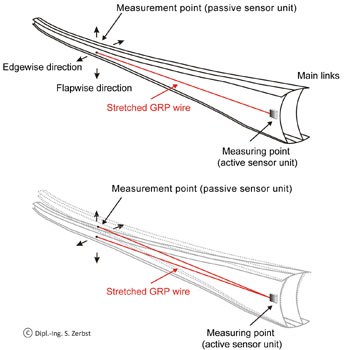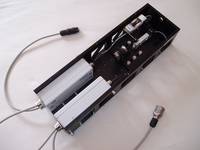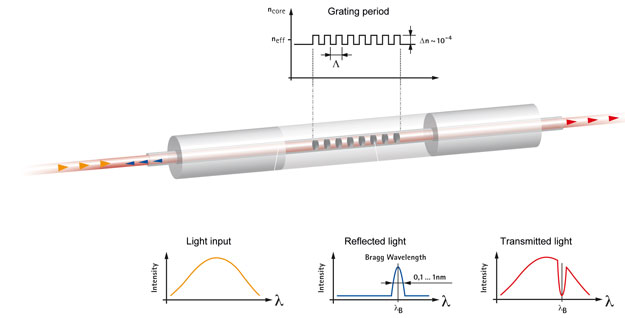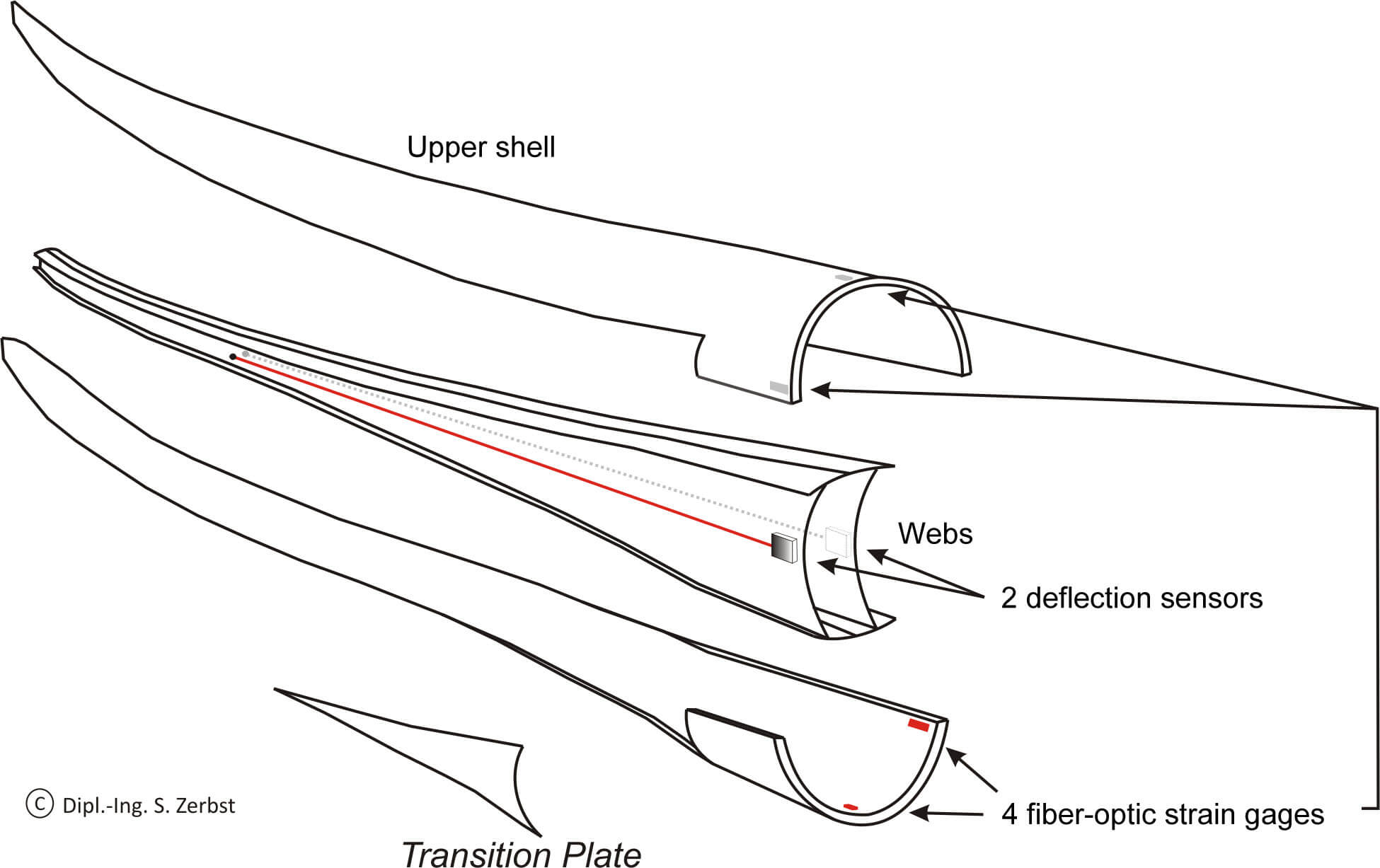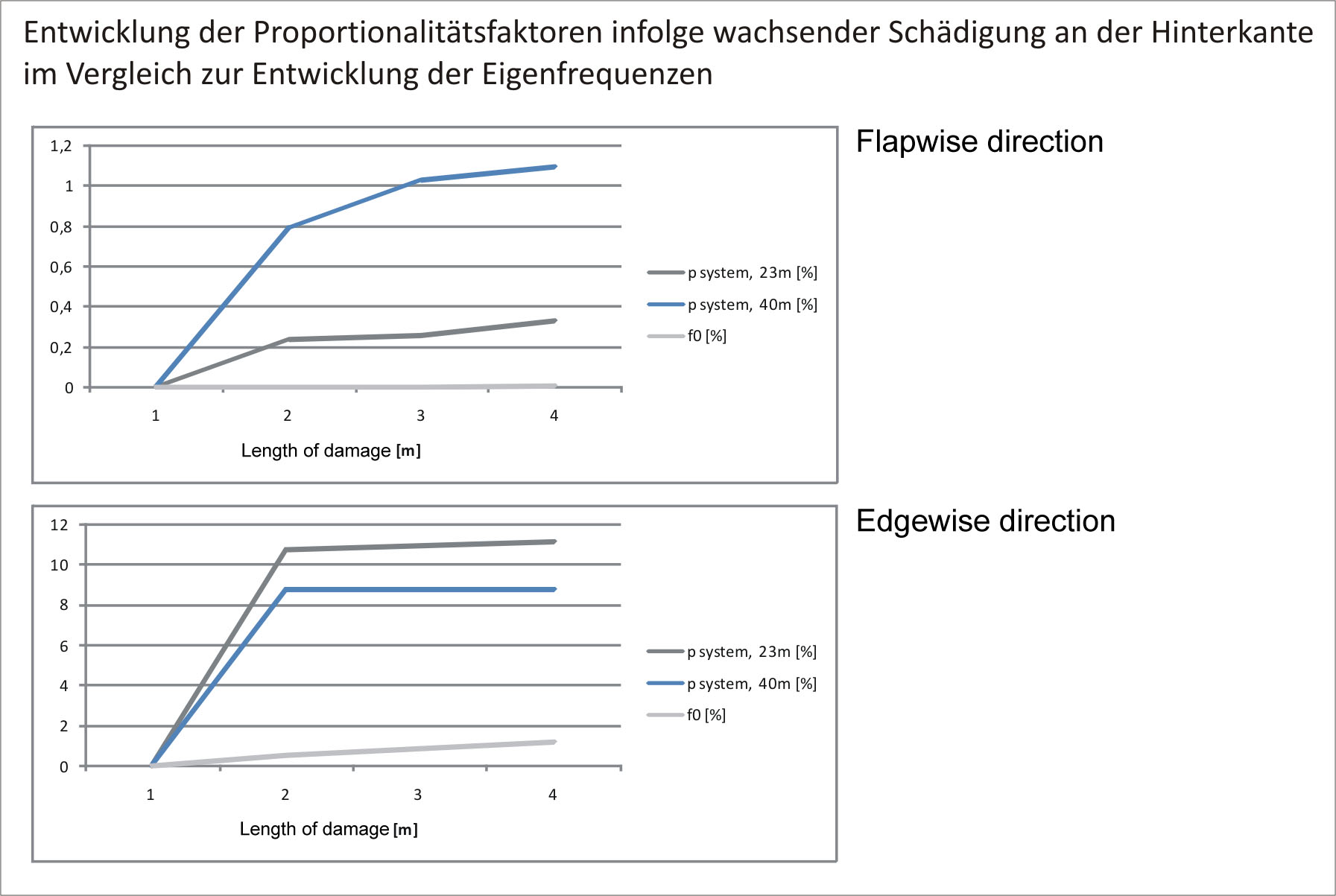Suitable sensor technology must be employed to detect the damage to wind turbine rotor blades early enough, and minimize the economic consequences.
The sensors must be able to withstand tough ambient conditions and must themselves be readily available. The evaluation methods that supplement this technology must firstly detect damage in the important areas of the structure as quickly as possible and secondly, display it clearly. These structural health monitoring systems (SHM) must not make mistakes, otherwise they do not serve their purpose.
The rapid development of wind energy in Germany in recent years has meant that the Federal German Government objectives of satisfying up to 30% of the country’s energy requirement from renewable energy sources by 2020, are moving within reach. The rotor blades of wind turbines are already more than 60 meters long, and are the key components of wind turbine performance. The design of smaller blades is also continually being optimized, in order to save cost and further improve efficiency. It is still the case that there is very little automation in the production of wind turbine rotor blades, and only some of the manufacturing inaccuracies and deviations from the specification can ever be identified once the rotor blade is manufactured. In the history of wind power right up to the present day, there have been individual cases of rotor blades in the field suffering structural damage that can be traced back to manufacturing faults not previously detected. Suitable sensor technology must be employed to detect the damage early enough, and minimize the economic consequences. The sensors must be able to withstand demanding ambient conditions and must themselves be readily available. The evaluation methods that supplement this technology must firstly detect damage in the important areas of the structure as quickly as possible and secondly, display it without ambiguity. These structural health monitoring systems (SHM) must not make mistakes, otherwise they are useless, as they do not serve their purpose.


